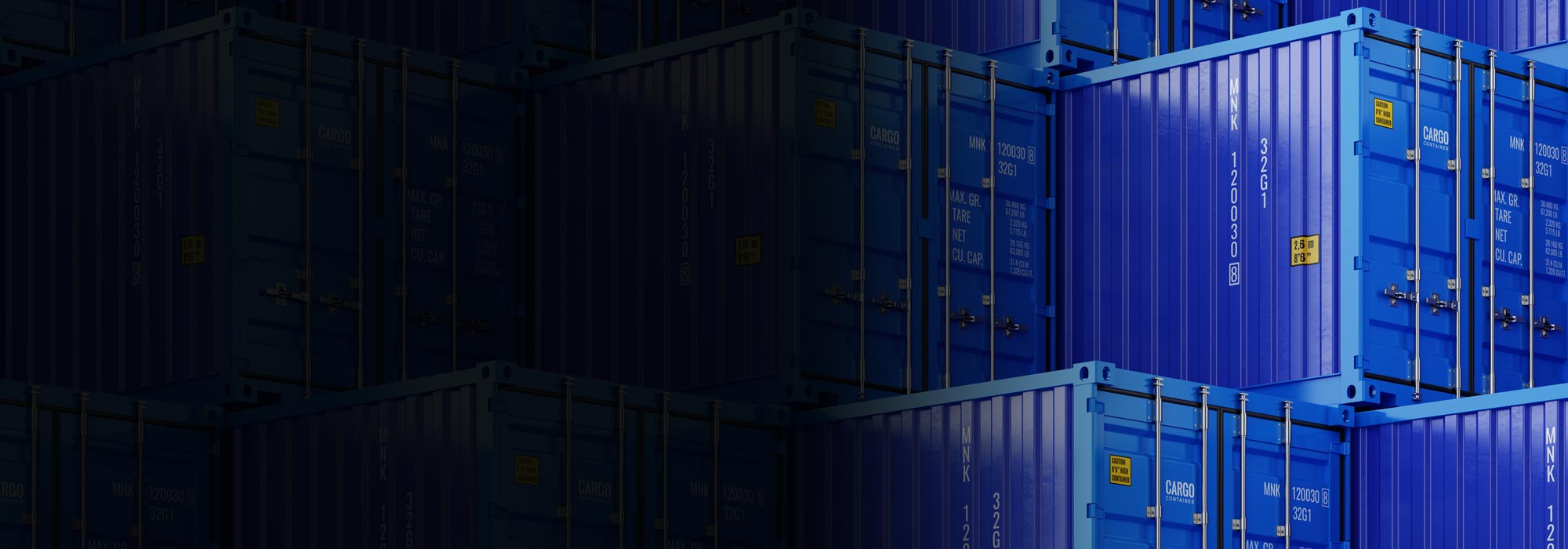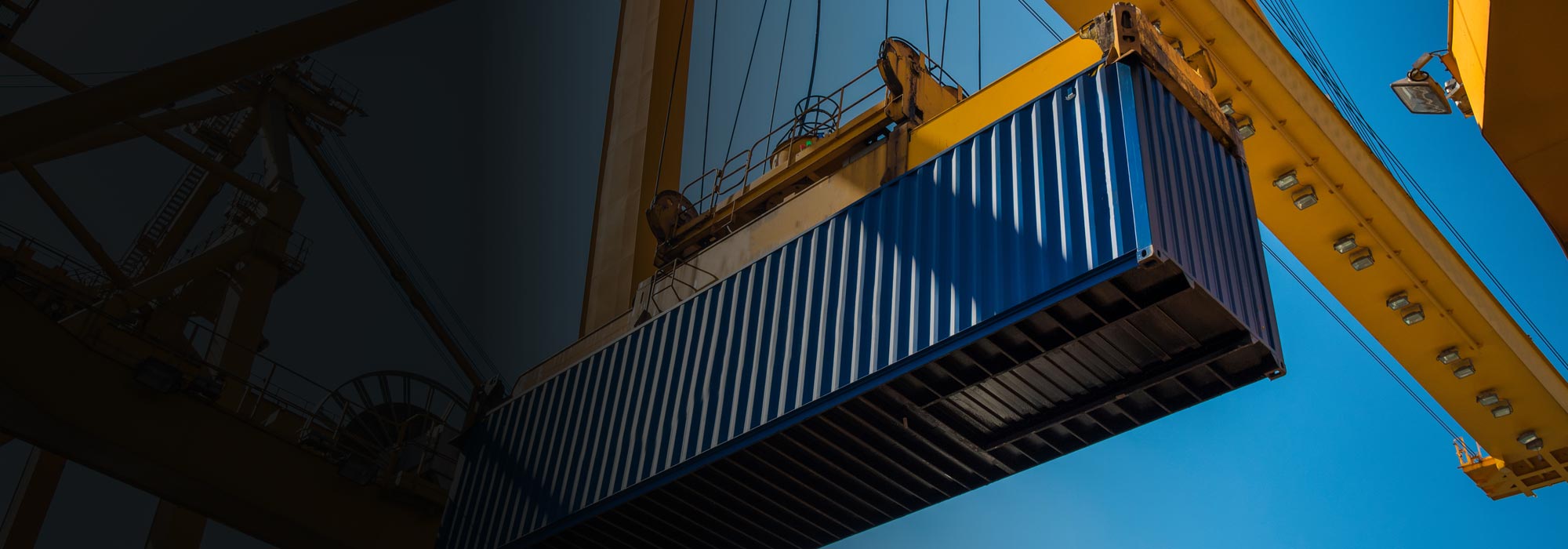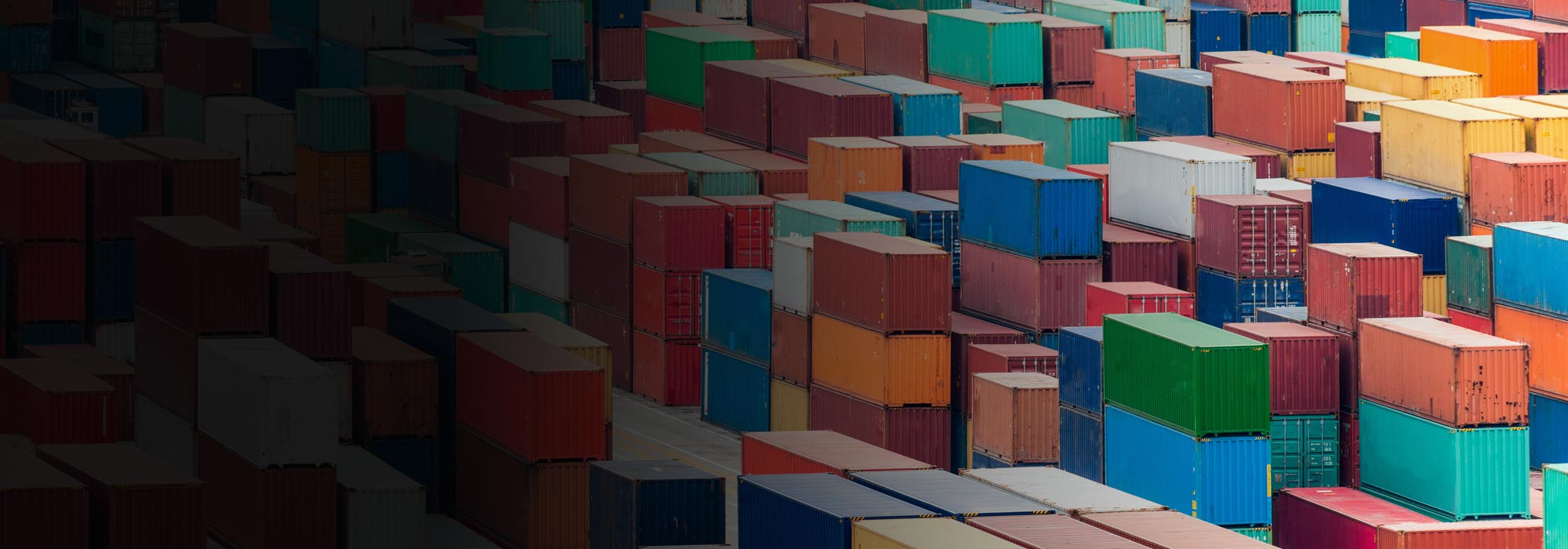As at the date of publication, London and Brussels have agreed in principle the Windsor Framework which seeks to establish a revised framework for implementing the Protocol. It is proposed that the key elements of the Windsor Framework will come into effect in October 2023, with fresh meat and dairy labelling requirements required by October 2024.
Green Lane/Red Lane for customs checks on NI-bound goods: The Windsor Framework involves some changes to both EU and UK customs processes, necessitating a change to EU regulations. At its core, the Windsor Framework imposes new labelling requirements for goods shipped from GB to NI certified as for "Not for EU" consumption and shipped via the "UK Trader Scheme" certification program, requiring only one digital certificate per delivery vehicle rather than per load. This "green-lane" procedure will necessitate trade monitoring and data-sharing obligations on the part of the UK but will remove all other customs declarations. Goods destined for the Republic of Ireland market (and, by extension, the EU) will be subject to a "red lane" review, encompassing normal EU customs and sanitary and phytosanitary (SPS) controls.
The Windsor Framework includes several other changes to the original Protocol, set out in detail in the UK Government's explanatory document:
Simplified customs rules on GB-NI trade in parcels, pets and pharmaceuticals: No customs declarations will now be required for parcels sent from GB to consumers in NI with limited information sharing requirements imposed on parcel operators. This will be a huge boost to online shopping, as retailers will no longer have to fill out complex customs declarations. It will also allow pets to be moved into NI without need for pet passports and micro-chipping. Finally, there will be no checks on UK regulated drugs, which will be available in NI without EU regulatory labelling. This new regime will be policed by delivery companies sharing commercial data with the UK's tax authority, HMRC, within the digital data-sharing framework agreed with the EU.
UK tax control over NI: One of the key difficulties in implementing the original Protocol was Articles 8 and 10's imposition of EU rules on VAT and State aid in NI. For example, the Protocol had caused concerns that Westminster could not extend its proposed freeport scheme to NI. The Windsor Framework will allow for increased UK control of VAT (including on green technology such as solar panels) and excise tax on alcohol in NI. It also affirms the tests for determining whether any UK subsidies have a genuine and material link to NI's trade with the EU, and may therefore be subject to EU State aid rules, principles that are already in place under the EU-UK Trade and Cooperation Agreement.
A UK veto on application of new EU rules having a significant impact on NI citizens (the "Stormont Brake"): The amended Article 13 of the Protocol will provide the UK Government with a veto over the application of any new EU trade rules to NI where 30 Members of the Northern Ireland Assembly (from at least two political parties) issue a petition concerning a "significantly different" new rule that has a "significant impact specific to everyday life". Any EU rule subject to the Stormont Brake may only be imposed where jointly agreed by the EU and UK and any dispute as to implementation is subject to state-state arbitration rather than the jurisdiction of the ECJ. It is important to note that only parties involved in the power-sharing institutions in NI may refer an EU regulation to the UK Government for triggering the Stormont Brake. EU officials have described the procedure as "only used as a matter of last resort".
 Clifford Chance
Clifford Chance















